Settling My Mind with Special Nibs
Let's face it, sometimes life can get stressful, and you need something to spark your creativity, help you relax, and take your mind away from your job, the news of the world, your family, your health, or whatever is weighing on it. The past few weeks have been challenging ones for me, and I've been feeling tired and tense, but, as I was driving home today, inspiration struck. I spontaneously stopped at a park, pulled out my pen case and notepad, and walked under a canopy of trees heavy with glistening raindrops. The lush green grass, thirsty moss, tiny undulating mushrooms, and dark saturated bark began to slowly settle my mind, and I found a slightly damp picnic table to sit down at and look at the fascinating collection of pens I was carrying.

[Pictured: Sailor 1911L Bespoke Dealer Exclusive fountain pen with special Naginata Togi nib, with Oasis Profolio notebooks.]
The week before, I had started researching a new article that I was very eager to explore: the Special Nibs available only at Sailor Bespoke Dealers. All the plain black Sailor 1911L fountain pens in my Yak Leather case looked the same with their caps on, save for a few variations in trim color and ring style. They looked serious, elegant, and classic. On the surface, some people might even call them boring. But, underneath, they were some of the most interesting, exceptional, and fun pens I have ever had the opportunity to experiment with, and I felt very lucky to have this opportunity.

"Sailor Bespoke" are what Sailor calls its products that are only available in North America at its five designated North American Bespoke Dealers. These five retailers are the only ones who have access to the Sailor Limited Editions and Special Nibs. Pen Boutique has the honor of being one of those five retailers, so, in addition to the highly respected standard Professional Gear and 1911 pens, vast array of superb inks, versatile Hocoro dip pens, and entry-level Compass pen series, we receive beautiful and rare hand crafted fountain pens and nibs. Some are only made in limited editions of 28 and 33 pieces worldwide and can cost $9,000 or more. For these, the North American Bespoke Dealers are only allocated a total of five pens--one for each retailer. Fortunately, the Sailor Special Nibs are a little more attainable, although they can still be difficult to get, since each nib is hand shaped by a very small group of elite nib masters in Japan. Sometimes, not every nib variation is available, and we need to wait for the nib masters to catch up with requests for orders. The wait is worth it.
On my picnic table in the park, I took out each pen one by one and began to take closeup photos of their nibs. In the clear natural light of the overcast afternoon, I was able to see details that had eluded me under the harsh and reflective fluorescent lights of the store.

I am not a nibmeister, and I can't explain to you exactly how the fascinating shapes of these nibs produces the unbelievably smooth and varied lines I experienced next, but, as I dipped each pen in a vial of Sailor Black ink and let my creativity take hold, my shoulders began to relax. My mind felt lighter and more focused, and my lingering tension headache began to subside. Each nib was different, exciting, and a revelation. They are unlike any other nibs I have ever experienced, and it felt like I was getting a fresh perspective on using a fountain pen. It was hard to believe a nib could feel so good, or do such interesting things.

What are Sailor Bespoke Special Nibs? Even though I've worked at Pen Boutique for over four years and have written many blog articles and tried a wide range of fountain pens and nibs in forty or more different brands, these custom grinds created by Sailor's elite nib masters had always seemed rather mysterious and out of reach. Like most fountain pen users, I had never tried them. I knew vaguely about the famous and rather difficult to pronounce Naginata Togi, which offers line variation depending on the angle at which it is used, but had never had the opportunity to see how it is different from Sailor's standard Zoom nib, or to understand why it's held in such high regard. I was curious, of course, but the most expensive Sailor pens are usually kept sealed, so these objects of my desire to learn more remained elusive. When I recently discovered that we actually have a whole set of different Sailor Bespoke Special Nibs in addition to the Naginata Togi, I knew I had to get permission to try them, learn about them, and share the experience with my blog readers.
Keep in mind that I'm not an expert with these nibs. I am approaching them as an American who doesn't know how to write Japanese or Chinese characters, and who was unfamiliar with the nibs before learning about them for this article. If that sounds like you, too, hopefully my observations will be valuable and interesting to you. If you are an advanced fountain pen user who has experience with these nibs yourself, I'd love to learn more from you in the comments!
Nagahara Nobuyoshi and the Nibs' History
From the front, the Naginata Togi nib looks like a normal 21 karat gold Sailor nib. However, when you turn it to the side and focus in on the writing point, you can see that there is a much thicker amount of iridium tipping material than usual, and that the tip has a curved, almost triangular, shape. This extra large tip is named after a naginata, a traditional weapon used by samurai warriors, foot soldiers, warrior monks, and warrior noblewomen in feudal Japan. The naginata is a wooden or metal pole with a curved single-edged blade on the end. If you use your imagination, its shape is similar to the shape of this nib. The togi part of Naginata Togi means "grind" or "polishing." This nib point, when ground and polished by expert hands, allows exceptionally smooth writing performance at a wide variety of angles.

The Naginata Togi is a nib that Sailor offered right from its founding in 1911, but it disappeared from Sailor's lineup when mass production of fountain pens took over after WWII and the nib production process was mechanized. However, the knowledge of how to create this special nib remained alive with master craftsmen Koyama Gunichi and Nagahara Nobuyoshi, who had started as an apprentice with Sailor in 1947. Around 1991, Nagahara decided to revive the Naginata Togi to meet rising customer demand for an expressive nib that could be used to write at a slant, and he further improved the way it was shaped. Nagahara's nib was an instant classic in Japan, and he became very famous in the fountain pen world as a master of the Naginata Togi nib.
With the modern Naginata Togi nib's success, Nagahara decided to experiment and create more variations based on this nib. Over time, there were many rare versions that didn't become part of the standard collection, but today we have seven different core nibs. Four are in the Naginata Togi series: Naginata Togi itself (which is available in medium fine, medium, and broad), Naginata Concord, Naginata Fude de Mannen, and Naginata Emperor. Three are in the Cross Point series: Cross Point itself, Cross Concord, and Cross Music. (Hold tight, because I'll get more into what those names mean in the next section of this article!)
Nagahara Nobuyoshi became known as Nagahara Senior when his son, Nagahara Yukio (also known as Nagahara Junior), joined him at Sailor as a master nib shaper. Nagahara Senior stayed with Sailor until his retirement in 2011, at which point Nagahara Junior took over his father's position and stayed on until 2020, when he also retired. Their legacy is carried on by a new generation of nib masters who trained under Nagahara Junior. Nagahara Senior passed away in 2015, but his collection of nibs lives on.
All of the nibs in the collection are especially suited to expressive strokes, similar to brushstrokes, that are used in Japanese kanji writing or when writing Chinese hanzi characters. However, they are also beloved in the Western fountain pen community and are especially appreciated by those who revere fountain pen history or who love to explore the unique grinds the fountain pen world has to offer. Whether you're someone who loves a truly unique look and feel for your handwriting, or you want to go somewhere new and inspiring when you sketch, these nibs are indeed special.
Naginata Togi
Although Naginata Togi superficially resembles the Zoom nib available in Sailor's standard nib lineup, it is much more more nuanced and expressive. As with a Zoom nib, if you hold the nib perpendicular to your page, it writes with a thin line. As you lower the angle, the line thickens. (You can read more about the Zoom nib and all Sailor's other standard nibs in my article, Getting to Know Sailor Nibs.) The Zoom nib is very broad, but the Naginata Togi nib comes in three different line widths: medium fine, medium, and broad. The Naginata Togi nib is even smoother than the Zoom nib, and the nib feels more flexible and luxurious. Sailor's Zoom nib is cool, but when you try the two back to back, there is really no comparison.

In the foreground in this photo is Sailor's Zoom nib (note the Z on the side), while a Naginata Togi nib lies slightly behind it. As you can see, the tipping material on the Zoom nib is much thicker and looks more bulbous, while the Naginata Togi has a long curved and angled tip. The Naginata Togi nib shape is much more complex, with several facets that have been ground very smooth, but which allow for different writing characteristics when you twist your pen as you write. For traditional Japanese writing, this allows deft strokes that can start bold and narrow to a delicate sweeping tail.

I compared the Zoom nib and Naginata Togi Broad nib because their line widths are most similar.

It was when I started using the nib in a relaxed and spontaneous way that I really noticed the difference. As I drew swoopy random curved strokes on the page, I felt a lovely flowing freedom to the strokes and noticed the subtle line variation. The flow felt perfect, as it did with every Sailor Special Nib I tried. Because the Special Nibs are hand-tuned and fitted to the feed to ensure that the ink flow can keep up with their amazing performance, they are, of course, more expensive, but the additional quality is readily apparent. It's not like a pen that is just more expensive because of its brand name or special barrel material. The writing performance is what makes these pens worth more.
When I compared the three Naginata Togi nib sizes, I discovered that there is a huge difference between each one. The Broad nib (the one that is most similar to a Zoom) is much thicker than the other two, and isn't really practical for note taking or journaling, although it would be amazing for cards, bold artwork, or dramatic signatures. As you can see in my writing sample above, you can produce a thinner line by holding the pen at a very high angle, but that is difficult to sustain for a long period of time. You can also produce a thin line (similar to Sailor's Fine or Medium Fine) when writing upside down, but the upside down position feels much drier and very sharp. The nib is perfectly aligned, so it isn't scratchy, even upside down, but there is a lot of feedback and it feels very stiff in that position. It's a cool option, but not one I personally would want to use regularly.
Although the Naginata Broad nib is very fun to use, the Medium and Medium Fine nibs create much more practical writing and are an absolute pleasure to write with. Here's a comparison between all three at my normal angle. I used a Leuchtturm 1917 dotted notebook for my handwriting tests.

At first, I thought the Naginata Medium Fine nib was my favorite because it created the most practical line width. At a high angle, the nib can get fairly fine. It's about equivalent to my 14K Sailor Broad nib in line width when I write at my normal angle, and, at a low angle, it's quirky and fun. As I wrote vertical and horizontal lines with this nib, I realized there is variation between the two. The cross stroke is subtly wider, sort of like an Architect grind. But, it is incredibly smooth. The upside down writing is extremely fine, like a Needlepoint nib.

The Naginata Medium is similar, but slightly thicker (as you would expect), and the line variation may be a tiny bit more pronounced. They are both amazing, and the differences are subtle, although the reversed nib writing is much less extreme with the NM nib.

As I experimented more, I decided that I love the Naginata Medium nib most of all, because it feels so incredibly pleasurable to write with. All three do, but the Medium is just the most fun for me. It's hard to even describe just how amazing this nib feels! It's a Sailor nib, so you can feel the page and hear your nib writing, and that feedback feels incredible. The nib is so smooth and agile, and just joyful. It dances over the page. I can write incredibly quickly with this pen, with perfect ink flow and a unique look to my writing that just makes me smile.

The Naginata Togi nibs are available on elegant black resin 1911L pens with gold, rhodium, or black ion trim. (Our broad nib version with rhodium trim is listed separately on the website.) They are also sometimes available on unique limited edition pens that are made from ebonite or other special materials.
Naginata Concord
Sailor describes Naginata Concord as an "impressive looking nib with a 'fun' feeling." The tip of this nib is turned downward and resembles a bird's beak. Although it looks a little scary, as if someone dropped it, the result is magical rather than miserable.

To produce a thin line for regular writing, you can write with your pen held at a normal angle. For a thick line, reverse the nib and use the back side. In 1998, Nagahara developed this nib in just two days to meet requests from customers who wanted a fountain pen for sketching, and it is mind-blowingly versatile!

In its upside down position, you can create lines that range from as thin as a cat's whisker to as broad and precise as a highlighter marker, or anything in between. Once you figure out how to write with different parts of the backside of the nib, you can precisely control how thickly the lines are laid down, or let your hand run wild and see what chaotic beauty results!

The first time I experimented with this nib was on my first night working on this article. I was feeling exhausted, and, in fact, ended up taking the following day off to rest. It was late, and I was very tired, but I was also fascinated by what I was learning about these nibs, so it was hard to pull myself away. I had also promised myself ten days earlier that I would do a drawing every evening, and I didn't want to break that promise, so I uncapped the Naginata Concord pen, dipped it in ink, and very quickly drew a messy samurai warrior who perhaps would own a Naginata weapon.

As soon as I started drawing, I felt slightly less tense. Yes, I sketched quickly, to test what the nib could do, but I didn't just do a simple outline. I was caught up in the surprising way the nib seemed to take control and allow my mind to let go. A samurai is not something I would normally even attempt to draw, but I just let it happen, the swift lines coming together to form a shape that I rather liked in the end. (And, it made me realize that Darth Vader is inspired by samurai!) I loved the Concord nib right away, and kind of wanted one!
I reached for the Concord nib again Saturday night, after a very busy day working in the store, during which many of my favorite customers had visited. It was exhilarating but exhausting, and my body hurt all over, but I still had to drive to the train station to pick up my brother and sister-in-law late at night, after their train back from Boston was delayed by over two hours. By the time I got home, I could barely see straight, but I remembered how drawing had made me feel a few nights earlier, so this time I sketched an outline with my Aurora Optima and my favorite Sailor Ink Studio ink, then allowed the Concord to do its thing. This time, I flipped it over to experiment with the wide strokes it could create, and, all the sudden, my sketch had transformed into something far more quirky and delightful than I had ever expected. This weird beatnik vampire-looking dude is my favorite drawing so far in my nightly drawing series, which has now reached day nineteen, and now I knew I had to get a Concord nib.

I fell in love with the Concord nib once and for all while sitting at the picnic bench on the way home from work, after taking all my closeup photos. Here's a closer look at the drawing I included near the beginning of this article. This was only my third time trying the nib, but now I understood better what it could do, and I was more deliberate with my strokes. I couldn't believe the amount of line variation I achieved, all with one pen! And it was so relaxing. I could feel the tension in my body slowly flow out through the nib as I drew a peaceful flower from my imagination.

Naginata Fude de Mannen
We don't have this one in stock right now, so I will update this article when we get one and I can try it! Between 1974 and 1975, Nagahara worked to perfect a "fountain pen with which brush letters could be written," and then completed it by using a Naginata Togi nib. Like other fude pens, the Naginata Fude de Mannen's nib is flipped up at the end, allowing writing that ranges from very fine when the pen is held at a high angle to very thick, almost like a paintbrush, when it is held low to the page. It looks like the reverse of the Concord nib.
The name “Fude de Mannen” comes from the Japanese words Fude, meaning "writing brush," and Mannen, meaning "fountain pen," but it can also sound like "this is a brush pen" in certain regional accents. Neat! Since I have tried other fude nibs, such as the ones available on Sailor's inexpensive Compass Fude de Mannen calligraphy pen and Hocoro dip pen, I already know this nib is cool. I'm sure the 21 karat gold version of this nib shaped by Sailor's nib masters feels amazing and is exhilarating to use.
Below is a photo of my beloved fude nib Hocoro dip pen, which I use regularly to try inks. It's nowhere near as smooth as Sailor's Special Nibs, but it works well, is a snap to rinse clean, and is perfect for a quick swatch or a sketch using an ink you don't want to put in your fountain pen. After experimenting with these cool special nibs, I think I also want to get the Sailor Compass Fude de Mannen pen. I know it won't be as nice as the 21 K Naginata Togi version, but it will still be fun to draw with, and, unlike my dip pen, it takes a converter or cartridges. My co-worker Harsh has one and loves to draw with it because it allows so much line width variation. We have the Naginata Fude de Mannen on order, but don't know when it will be available from Japan.

Cross Point
The Cross Point series is a double nib design that was created by Nagahara in the early 1990s to improve the Naginata Togi nib flow because customers were asking for a "fountain pen that can write thick and large letters and can also be used to write on Japanese paper." To create the wild-looking "cross" design, two sections are bonded to the top of the nib, and the ink channels are joined in a cross shape. When the nib is fully shaped and polished, the cross-shaped ink channels provide a more "smooth and abundant" ink flow. This stacked nib is very broad and smooth in any position. It was first released in 1996, as a fountain pen commemorating the 85th anniversary of Sailor Pens.

It's hard to take a photo showing the the details of this nib's tip but, thankfully, Sailor provides one in the little booklet that comes with the Special Nib pens.

If you look at the Cross Point Nib from the side, you can see that it is indeed made from a Naginata Togi nib, with the additional pieces added on top.

As with the regular Naginata Togi nib, the angle at which you hold the pen to the paper controls how thick or thin it writes, and you can produce sweeping strokes that narrow to an elegant whisper. When held at my normal writing angle, the pen is very bold, and an utter joy to use!

When I drew a quick and messy sketch with it on my picnic bench in the park, I was able to get a delightful variety of line variation. Even though it was my first time trying the nib, it was easy to get the hang of how to hold the pen to produce different effects, and the smooth, wet nib allowed me to work very swiftly and feel an amazing freedom.

Cross Concord
Cross Concord is what the name suggests... a Cross Point nib with a downward angled tip. This bent nib design produces a narrow line when used in a normal position, when the nib is turned upside down, it writes with a "superior broad stroke with excellent ink flow." Sailor describes it as a "very creative nib." Unfortunately, we have the Cross Concord on order, so I will have to wait to try it. It sounds extremely cool and fun!
Cross Music
The Cross Music nib is another one we don't have in stock right now, but Sailor describes it as "a double nib design which has been cut vertically." It will write with fine lines when held in a normal position and broad strokes when held at an angle. Sailor calls it "a very interesting nib." It's hard for me to quite imagine how this stub nib would feel, and I look forward to trying it. According to the booklet that accompanies Naginata Togi nib pens, this nib makes it "possible to make characters of different widths without bending the nib."
Naginata Emperor
Fortunately, we do have Sailor's final Special Nib on hand, and it is an extremely fascinating one! The Naginata Emperor nib is created by positioning a solid gold rolled tab, known as an "emperor," on top of a normal Naginata Togi nib.

If you look at it closely, you can see that it's a Naginata Togi Medium, and see that the regular Sailor nib design is hidden underneath the "emperor" tab. (There is another closeup of the Emperor nib, taken from a different angle, near the beginning of this article.)

The "emperor" helps create a supplementary ink reservoir that is helpful when writing very quickly or on very absorbent paper, situations where it is often hard for a feed to keep up with the nib's ink demands. Nagahara created this nib six months after developing the Cross Point nib, to meet customer demands for a fountain pen that could supply consistent ink flow even on extremely absorbent Japanese paper.

The nib writes very much like a regular Naginata Togi nib, but might be slightly broader at lower angles. I tried writing extremely fast with it, and its performance was exceptional! I'm not sure if I could read my own writing if I wrote as fast as this nib's capabilities truly allow, but it feels amazing. I also tried drawing with fast, fluid, wavy lines and loved the peaceful and relaxed feeling it gave me. I apologize, but I couldn't find any extremely absorbent paper to experiment on, but the nib performed flawlessly on the three or four different papers I tried.

I loved being able to quickly fill in space and get thick glistening abundance with my ink when I wanted to, and also the subtle shading that I could produce even with black ink. The ink doesn't gush out. It's controlled by you. I only used plain Sailor Black ink with these pens because they are special, expensive, and I don't own them, but, if I were to own the pens myself, I'd love to see what they can do with beautiful sheening inks or inks with lots of shading properties. The nibs are so expressive, and the possibilities are endless!

It was a pleasure and an honor to learn more about these Sailor Bespoke Dealer Special Nibs. I wish more people had the opportunity to try them. No, they aren't inexpensive, but, like maki-e pens, the elevated price makes sense once you understand the elite knowledge, time, and skill it takes to create nibs with impeccable and unique performance like these. I was impressed and amazed that, despite their very abundant ink flow and ability to write and draw with incredible speed, I never had any skipping, railroading, bleed-through, or feathering.
Do you own any of the Sailor Bespoke Special Nibs? If so, which is your favorite, and what heights does it take you to? If you don't own one, but are an artist or special nib lover, which one would go on your wishlist? The Concord is now on mine, and I'm really going to miss it when I bring it back to the store. However, I'm going to keep drawing anyway, with whatever pen I have at hand. Even when I'm tired, overwhelmed, or feeling down, it helps me let go of all that and just create. Try it!
-Laura P.

I love comments on my blog! Please leave comments if you like the articles, and, if you have any questions about this article, or any of the other blog articles, you can e-mail support@penboutique.com. Thank you!

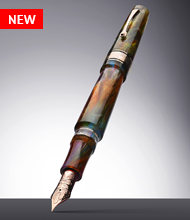
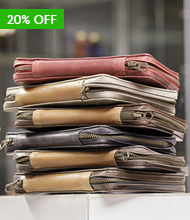
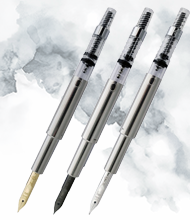
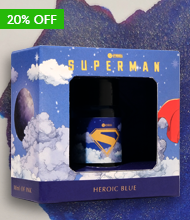
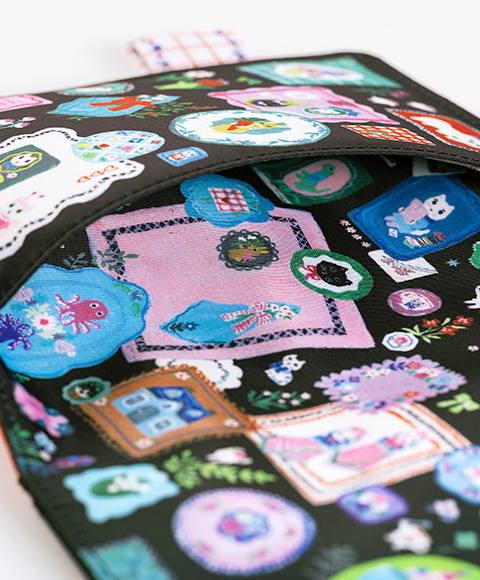
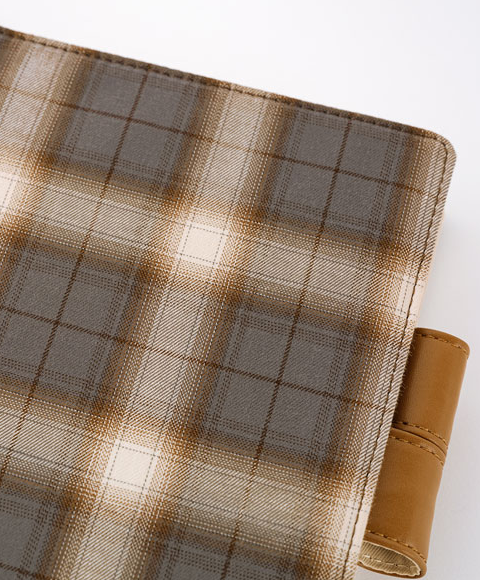

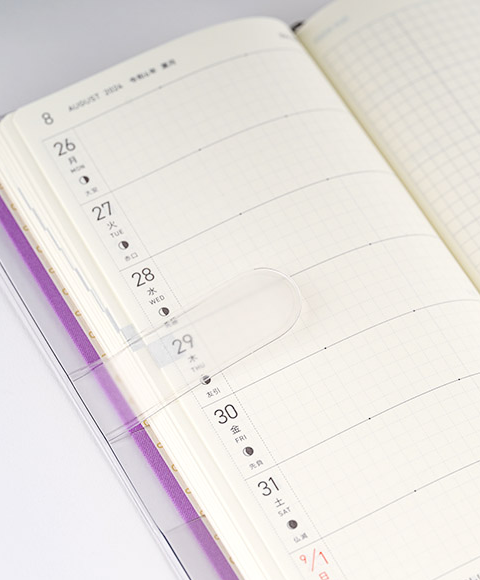
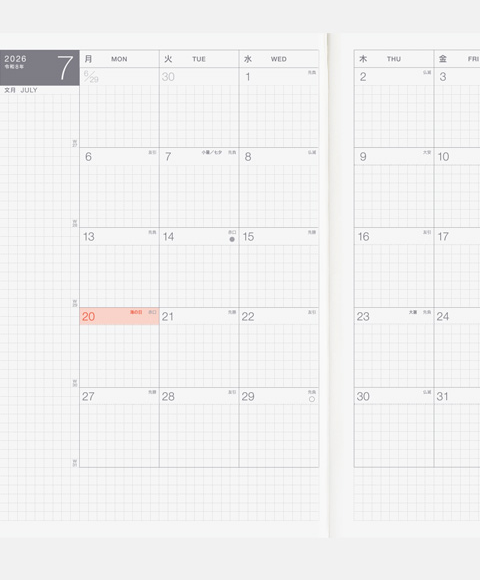

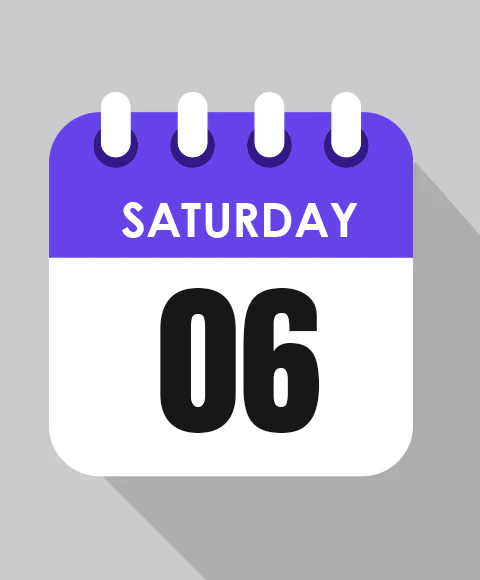
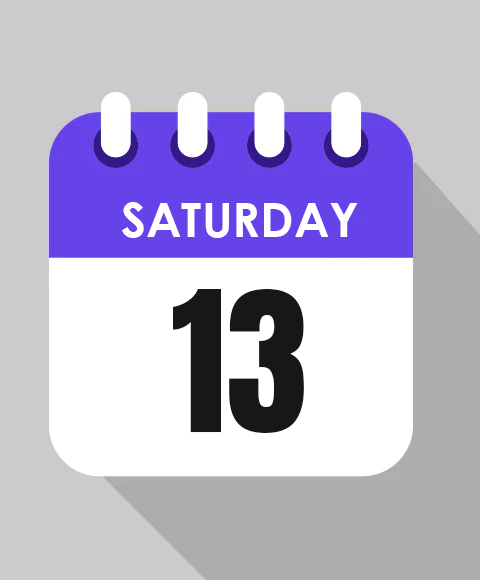
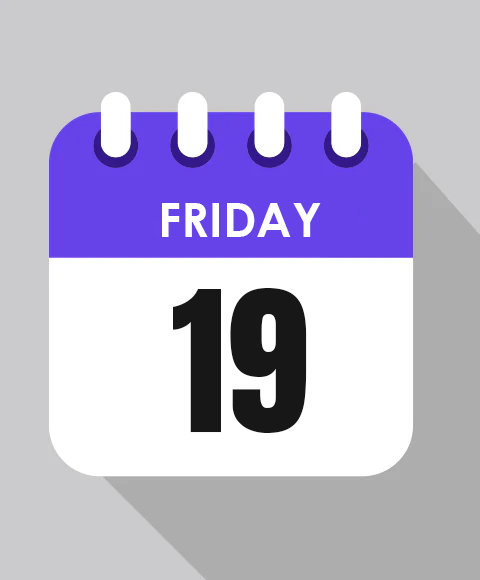

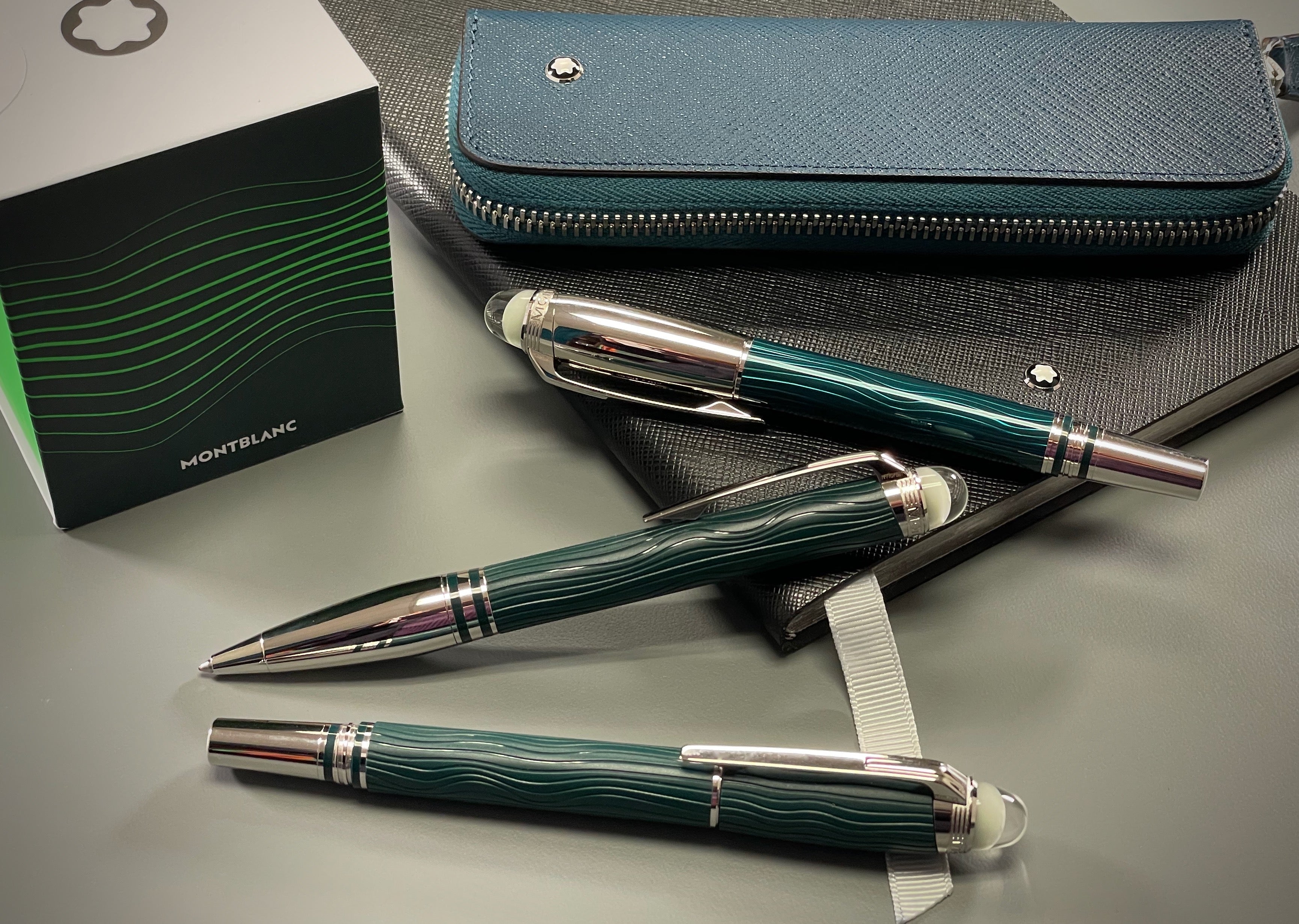
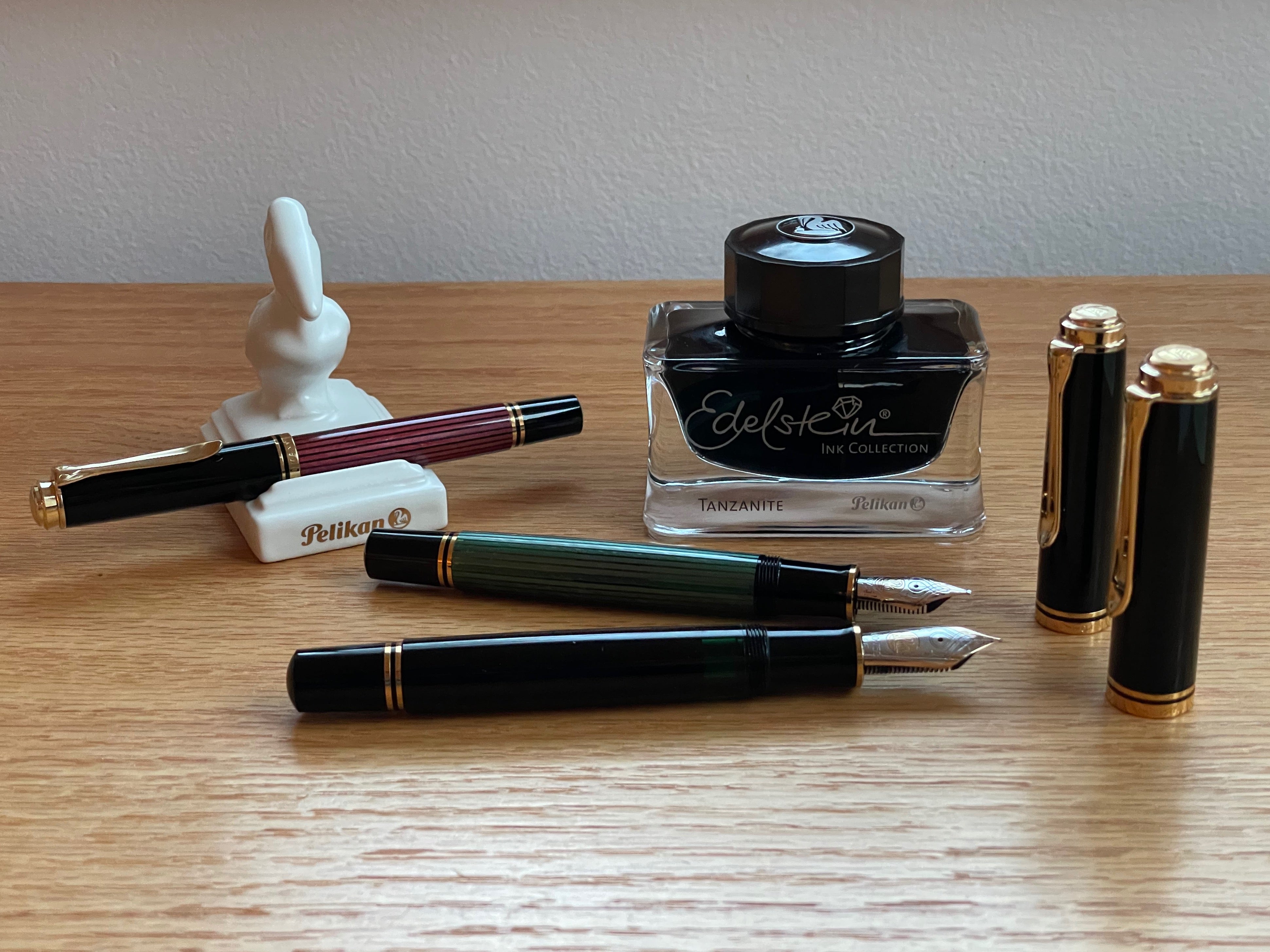

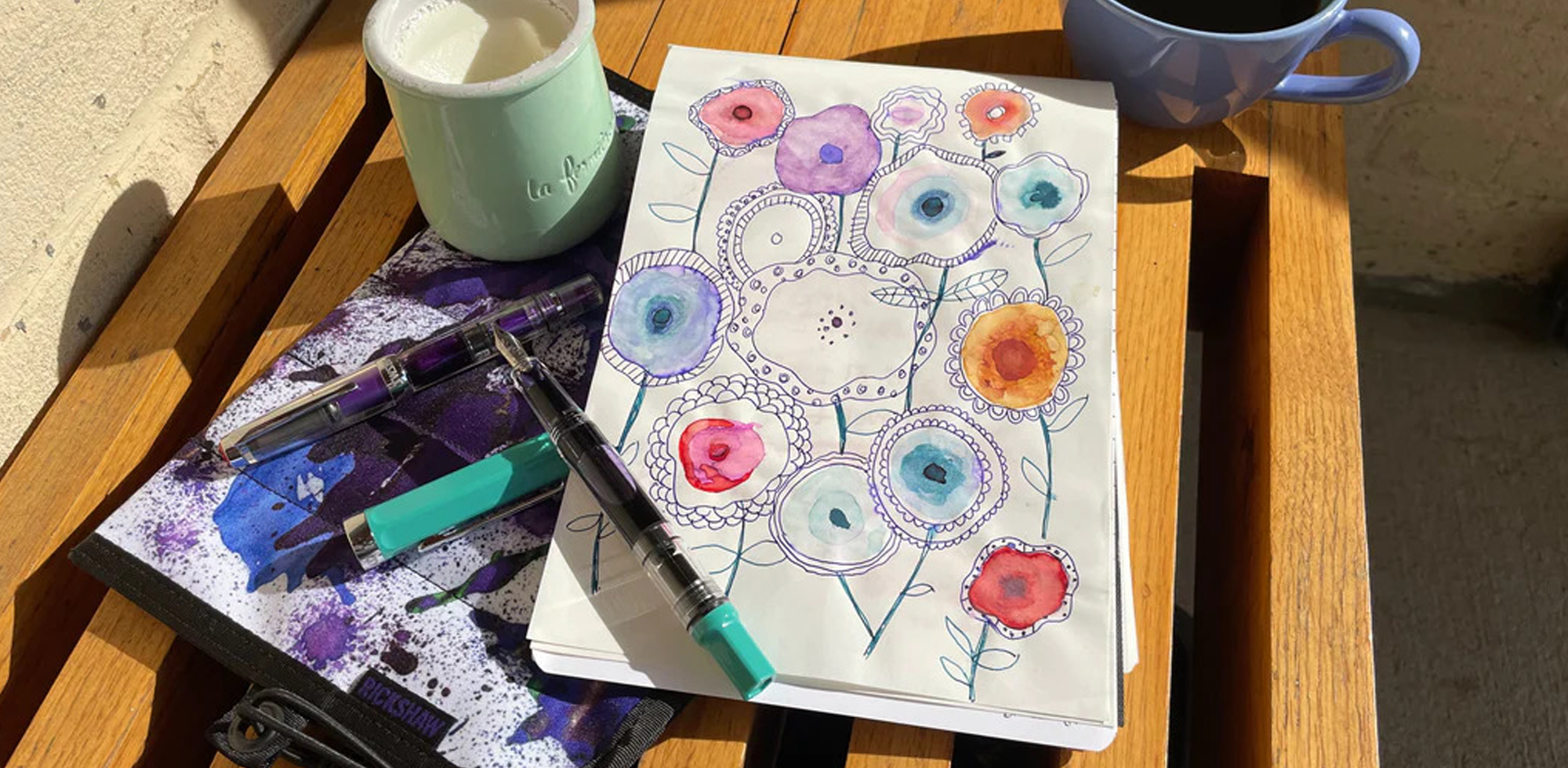
4 comments
Albert Lam
Great article and very informative. Rare to see the 21k gold nib.
Great article and very informative. Rare to see the 21k gold nib.
Peter Dougherty
Excellent article, Laura! I’ve been looking for the Sailor King Eagle or King Cobra bespoke nib, but I haven’t had any luck. I don’t believe that it’s made any longer. One other thing, I wish Sailor made an eyedropper version to use with these bespoke nibs. You tend to run out of ink very quickly with such thick lines.
Excellent article, Laura! I’ve been looking for the Sailor King Eagle or King Cobra bespoke nib, but I haven’t had any luck. I don’t believe that it’s made any longer. One other thing, I wish Sailor made an eyedropper version to use with these bespoke nibs. You tend to run out of ink very quickly with such thick lines.
Eric Arnold
I suspect that anyone who reads this blog on a regular basis, and reads the comments, will know at this point that I am a big fan of the author of them. It can’t be hard to see why. There are so many aspects of these write-ups that are fulfilling and rewarding it is hard to imagine how one could not be drawn in to Laura’s pen universe and want to just hang out and marvel there!
This is as true of this blog as the rest. You took a topic I did not even know existed and through deep research became a scholar of it. You then shared that with me in a manner that both shared your passion for the subject and made me a scholar too. Your approach is always done with such heart, and your willingness to experiment with the pens and provide an honest account of your experience is of enormous value. Your artwork is always engaging, and reflective of the capabilities of the instruments you are sharing with me about. I especially like the fact that you take the pens with you on little sojourns, and that we get to see them in the real world. It is not always so easy to get a true sense of the instrument in a showroom or in staged photos in a studio. Presenting them in natural daylight is such a thoughtful and useful approach to sharing what they are all about with us, and your skill at photography mirrors your skill at writing.
Laura, you are a gift! Please don’t ever stop!
All that said, I do have one issue. When I go to the page for one of these pens, it indicates both “sold out” and “out of stock.” This is a mixed message because those two phrases mean two very different things to me. “Sold out” means that you’ve sold them all and can’t get any more. “Out of stock” means that you are temporarily out of them, but can order more if need be. So which one applies? I’ve encountered this on numerous occasions for a variety of products on Pen Boutique’s pages, and the messaging is not at all clear. Can anything be done to remedy this?
At any rate, an excellent presentation as always, thanks so much!
I suspect that anyone who reads this blog on a regular basis, and reads the comments, will know at this point that I am a big fan of the author of them. It can’t be hard to see why. There are so many aspects of these write-ups that are fulfilling and rewarding it is hard to imagine how one could not be drawn in to Laura’s pen universe and want to just hang out and marvel there!
This is as true of this blog as the rest. You took a topic I did not even know existed and through deep research became a scholar of it. You then shared that with me in a manner that both shared your passion for the subject and made me a scholar too. Your approach is always done with such heart, and your willingness to experiment with the pens and provide an honest account of your experience is of enormous value. Your artwork is always engaging, and reflective of the capabilities of the instruments you are sharing with me about. I especially like the fact that you take the pens with you on little sojourns, and that we get to see them in the real world. It is not always so easy to get a true sense of the instrument in a showroom or in staged photos in a studio. Presenting them in natural daylight is such a thoughtful and useful approach to sharing what they are all about with us, and your skill at photography mirrors your skill at writing.
Laura, you are a gift! Please don’t ever stop!
All that said, I do have one issue. When I go to the page for one of these pens, it indicates both “sold out” and “out of stock.” This is a mixed message because those two phrases mean two very different things to me. “Sold out” means that you’ve sold them all and can’t get any more. “Out of stock” means that you are temporarily out of them, but can order more if need be. So which one applies? I’ve encountered this on numerous occasions for a variety of products on Pen Boutique’s pages, and the messaging is not at all clear. Can anything be done to remedy this?
At any rate, an excellent presentation as always, thanks so much!
Grover Eugene (Gene) Dameron
Enjoyed your passion. How much $?
Enjoyed your passion. How much $?